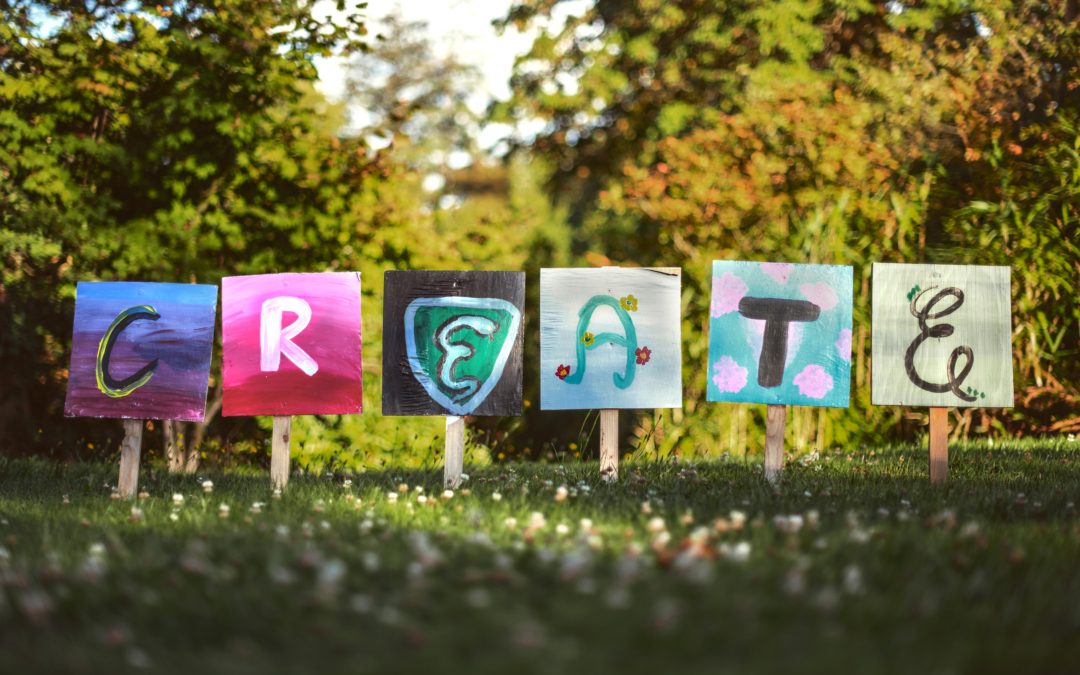Many thanks to Shad Engkilterra for this special guest post. See more about Shad at the end of this article.
On some level, people know that getting outside and away from their screens is good for them. Unfortunately, there are thousands of reasons why it’s not possible to get outside to enjoy what nature has to offer. According to Richard Louv, author of “Last Child in the Woods,” some reasons include:
- Poor urban design: Who wants to drive 20 miles to get to an outdoor area where the parking lot is full?
- Stranger danger: The news is full of reasons to be afraid to leave the house: strangers, mountain lions, shootings. The more you know, the more afraid you might be.
- Learned Behavior: Kids who grow up without recess and field trips are less likely to engage in outdoor activities.
- Electronic devices: In 2010, kids spend 53 hours a week attached to some form of electronic device.
However, being outdoors and away from our technology has measurable benefits. A University of Kansas study conducted by Ruth Ann Atchley, David Strayer and Paul Atchley found that “four days of immersion in nature, and the corresponding disconnection from multi-media and technology, increases performance on a creativity, problem-solving task by a full 50% in a group of naive hikers.”
They believe their research points “to the possibility that natural environments such as those experienced by the current participants may have both removed a cost (technology) and added a benefit (activation of brain systems that aid divergent thinking),” and divergent thinking is important for some stages of creativity, including idea generation.
You don’t have to be a scientist to study creativity and its relationship to the outdoors. All you really have to do is remember what it was like when you were a kid. During school recess, children would run around a playground in unstructured play. They would use their imagination to invent games like “Hot Lava Monster” where bark dust was hot lava and anyone who fell in it became a monster that had to grab the other children.
Some children would go to the edges and look at what was happening when concrete met grass or grass met metal fencing. The same was true on a weekend when parents would take their children to the park or let their children go there on their own. Being outside made play easier, required the use of the imagination and allowed the child to focus on one thing without the constant interruption of phone notifications and wondering what was being done on Facebook, Instagram, or Twitter.
This exercise was good for the mind, body and spirit. It improved thought processes, provided relief from stress, and allowed children to explore relationships offscreen. It still does. Take advantage of what Mother Nature has to offer. Get outside, leave the phone off and take control of your life and your creativity.
Becoming more creative is one way to improve the quality of your life. If you want to know how going outdoors and disconnecting yourself from your electronics can help improve your life in other ways, contact us at Whole Home and Body Health and schedule a consultation.
Sources: Howard, Brian Clark. National Geographic. “Connecting With Nature Boosts Creativity and Health” (June 30, 2013). https://news.nationalgeographic.com/news/2013/06/130628-richard-louv-nature-deficit-disorder-health-environment/
Atchley, Ruth Ann; Strayer, David A.; Atchley, Paul. University of Kansas. “Creativity in the Wild: Improving Creative Reasoning through Immersion in Natural Settings” (Dec. 2012). https://journals.plos.org/plosone/article?id=10.1371/journal.pone.0051474
Shad Engkilterra received his Master’s degree in Creativity and Innovation from the University of Malta’s Edward de Bono Institute. He is the author of “Disneyland Is Creativity: 25 Tips for Becoming More Creative,” “Penguinate! Essays and Short Stories: Becoming More Creative for a Better Life and World,’ and “The Haunted Mansion Is Creativity” scheduled for release in June 2019. He has also written and published five other books not directly related to creativity. His website www.penguinate.com focuses on creativity and handmade stuffed penguins his wife makes


